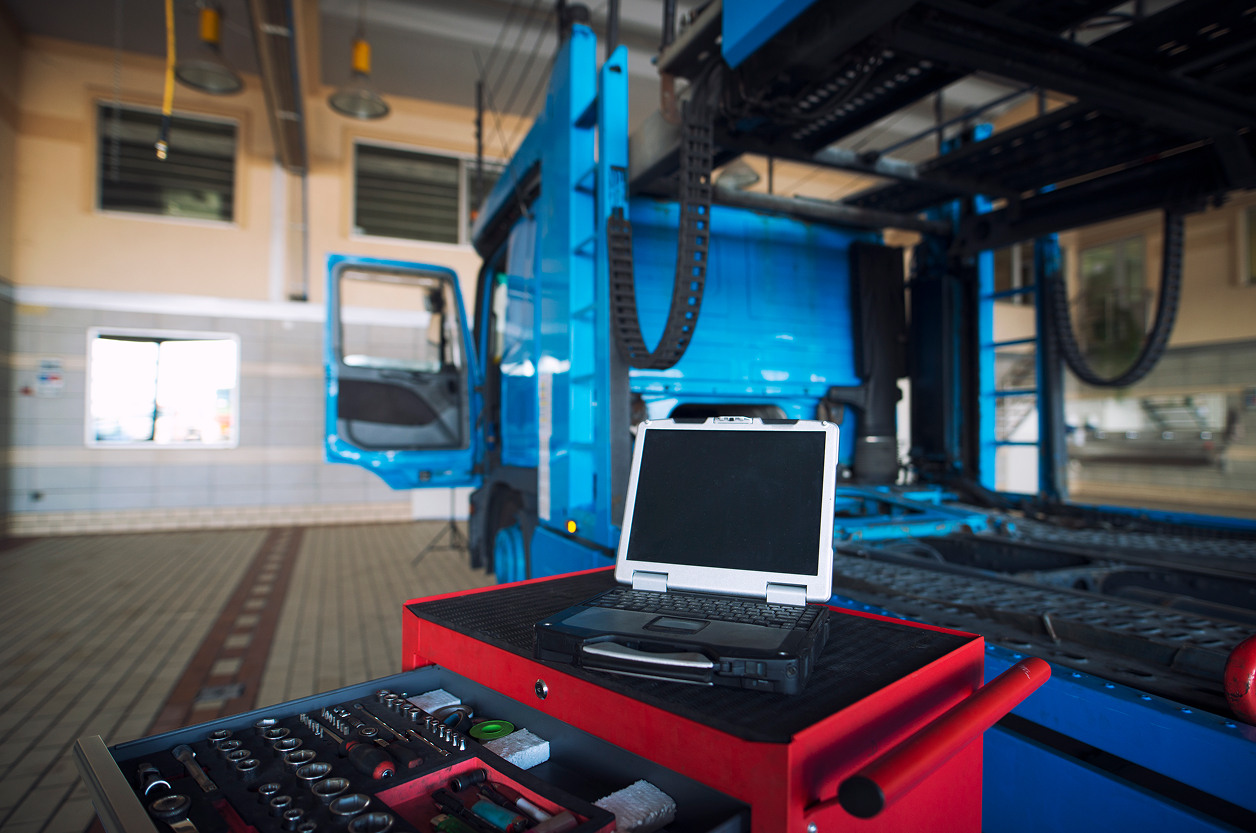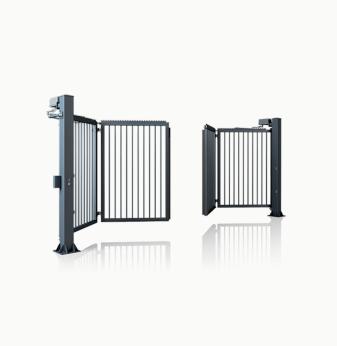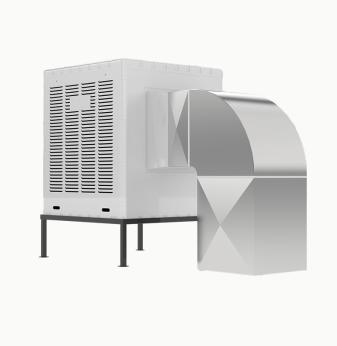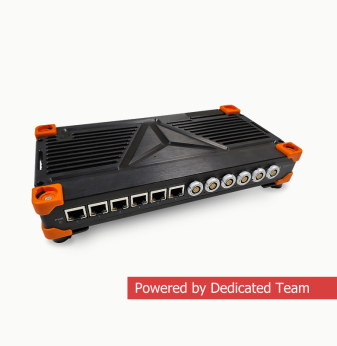Designing Ruggedized Electronics for Harsh Industrial Environments

Why ruggedized electronics are critical in industry
Industrial operations often take place in environments that pose serious challenges to conventional electronics. These conditions may include extreme temperatures, high humidity, dust, corrosive chemicals, electromagnetic interference, and intense vibration or shock. In such settings, standard commercial hardware is prone to failure, leading to costly downtime and maintenance.
Ruggedized electronics are specifically engineered to withstand these conditions while maintaining consistent performance. They are widely used in sectors such as mining, oil and gas, heavy manufacturing, transportation, and military operations. The design approach for such devices requires careful consideration of materials, enclosure design, thermal management, and compliance with relevant standards.

Core design principles for ruggedized electronics
The first step in designing for harsh environments is understanding the specific environmental stressors the device will face. Temperature extremes may require the use of components rated for industrial or military temperature ranges, while high-humidity conditions demand conformal coatings and sealed enclosures to prevent moisture ingress.
Shock and vibration resilience is achieved through robust PCB mounting, shock-absorbing materials, and secure cable management. In corrosive environments, stainless steel or specialized polymer enclosures may be necessary, along with gasketed seals and corrosion-resistant connectors.
Electromagnetic compatibility is also a priority, as many industrial environments are saturated with electrical noise from motors, welding equipment, or high-power transmission lines. Shielding and careful PCB layout can mitigate interference and ensure stable operation.
Key questions when designing rugged electronics
How can thermal management be optimized to ensure reliable operation across the entire temperature range?
Which enclosure ratings (such as IP67 or IP69K) are appropriate for protection against dust and water ingress?
What material choices best balance durability, weight, and cost for industrial-grade enclosures?
How can redundancy and fault-tolerant design be integrated without excessive size or complexity?
Real-world applications and examples
Mining equipment often incorporates ruggedized control modules with IP67-rated enclosures and wide-temperature-range components. These modules must operate in dusty, high-vibration environments with no active cooling.
In oil and gas operations, ruggedized electronics manage drilling control systems and monitoring equipment in conditions that include high pressure, salt spray, and corrosive chemicals. This often involves conformal coating, hermetic sealing, and specialized connectors.
Heavy manufacturing plants deploy ruggedized HMIs and control systems capable of surviving high electromagnetic interference from welding arcs and heavy machinery. Designers must use advanced shielding and EMI gaskets to ensure consistent functionality.
Transportation systems such as railways and marine vessels rely on ruggedized electronics for navigation, monitoring, and safety systems. These devices must endure both mechanical stress and environmental exposure over long lifespans with minimal servicing.
The future of rugged electronics design
Advancements in materials science and manufacturing are enabling lighter yet more durable enclosures, along with coatings that offer enhanced corrosion resistance without adding bulk. The integration of edge computing into rugged devices is also increasing, allowing for on-site data processing and AI-driven analytics even in remote or extreme locations.
With the rise of Industry 4.0, ruggedized electronics are evolving to not only survive harsh environments but also support advanced connectivity, including wireless communication protocols optimized for industrial conditions. This includes embedded cybersecurity measures to protect devices against both physical and digital threats.
Over the next decade, we can expect ruggedized designs to incorporate greater modularity, enabling faster maintenance and upgrades without requiring complete system replacement. This shift will help reduce downtime, improve operational efficiency, and extend the overall lifecycle of industrial assets.
Our Case Studies








